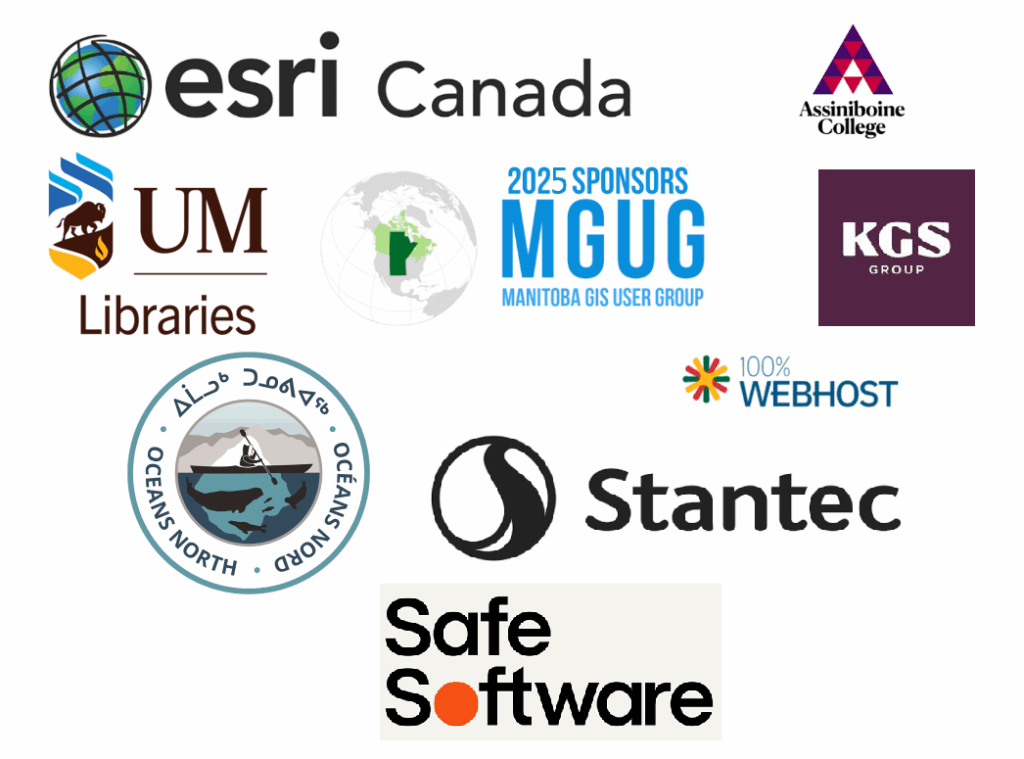
MGUG Annual Fall Conference was held on Wednesday, November 19th! In partnership with the University of Manitoba, the conference took place at the John A. Russell Building on the University of Manitoba Fort Garry Campus.
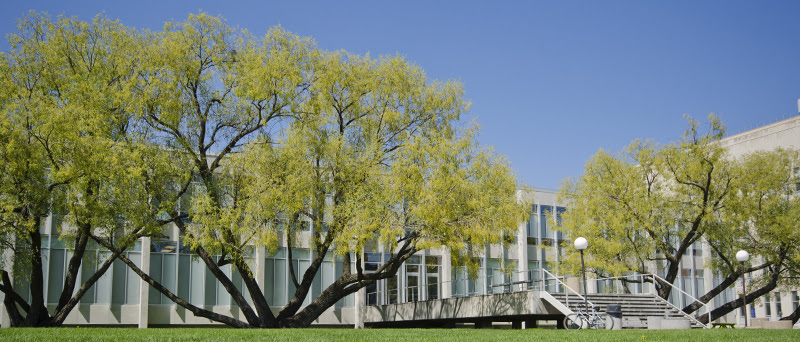

This year’s conference highlighted the wide-ranging and exceptional work of our GIS community, connected individuals and organizations that share an interest in this unique technology by way of networking opportunities and student engagement.
Speakers

Brian Miller
Winnipeg Transit
The Role of GIS in Winnipeg Transit’s Network Overhaul
Winnipeg Transit recently underwent the largest network transformation in its history, launching the Primary Transit Network and its feeder routes on June 29, 2025. This presentation will review the role GIS played in planning the network, coordinating changing bus stop signage, and where Transit is headed in the future.
Keshab Thapa
Natural Resources Institute, University of Manitoba
Mapping protected and conserved areas (PCAs), Indigenous protected and conserved areas (IPCAs), greenstone belts, and peatlands in Canada
Our GIS-based research indicates that Indigenous-governed IPCAs covered only 0.05% of the land in Canada, according to the Canadian government’s database. These IPCAs are on modern treaty lands. Furthermore, Canada’s vast peatlands, which require protection, are mostly excluded from PCAs due to mining interests on greenstone belts, despite the peatlands’ ecological integrity, the abundance of Indigenous food sources, and their importance in mitigating climate change. Indigenous Protected and Conserved Areas (IPCAs) hold significant potential to meet Canada’s 30 by 30 area-based biodiversity targets, particularly with the recognition of Indigenous governance and rights.


Justin Synchena
Synchena Consulting Inc
Municipal Ward Boundary Rebalancing
Municipalities have a mandate to keep their wards balanced by population, geography and other local considerations. This is important for balance local elections. In this presentation, we will describe our method and process of how we rebalance municipal wards based on available data.
Nicholas Kehler
Freshwater Consulting Ltd.
Practical use and lessons learned of the Trimble DA2 Catalyst GNSS receiver and the ESRI Field Maps data collector

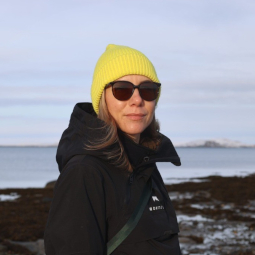
Melissa Turner
Oceans North
Navigating Big Data: Processing and Visualizing AIS Ship Traffic
This presentation will walk through methods for processing large volumes of AIS ship data using ArcGIS Pro’s Big Data tools. It will cover workflows for stitching raw points into ship tracks, managing data at scale, and visualizing shipping patterns. The talk will also highlight how this shipping data is applied in marine conservation efforts and across cross-cutting campaign initiatives at Oceans North.
Jesse Boiteau
National Centre for Truth and Reconciliation
Archives in Motion: Tracing the Movement of People, Communities, and Records

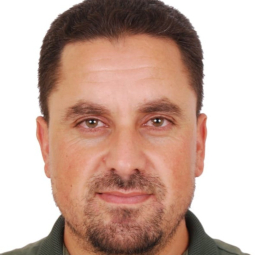
Mustapha Namous
Université Sultan Moulay Slimane, Morocco
Integrating GIS, Remote Sensing, and Artificial Intelligence for Advanced Environmental Analysis.
The integration of Geographic Information Systems (GIS), remote sensing, and artificial intelligence (AI) is transforming environmental analysis. By combining satellite imagery with machine learning algorithms, this synergy enables effective monitoring of ecosystems, prediction of natural disasters, and optimization of sustainable resource management. This innovative approach provides powerful, precise, and timely tools for environmental protection and climate change mitigation.
Mark Wilcox
KGS Group
Mr. Wilcox is the Geomatics Specialist Advisor at KGS Group, where he provides technical expertise and leadership on geomatics projects and initiatives. His work centers on Geographic Information Systems (GIS), remote sensing, data analysis, and acquisition, applying innovative geomatics solutions to tackle complex challenges.
Where Innovation Meets Location: The Future of GIS. Geographic Information Systems (GIS) are a vital component in many fields of study and pay a dynamic role in solving complex geospatial challenges. This presentation explores ideas and examples how solutions using technology and spatial intelligence converge and allow the future evolution of GIS in our world.


Rehnuma Mahjabin
University of Manitoba
Remote Sensing Data Analysis on the Impact of Resettlement
Resettlement of Civil Conflict-Induced Rohingya Migrants on Land Use and Land use and land cover Change in Cox’s Bazar, Bangladesh
Thank You Sponsors!
